In 2023, Americans reduced their consumption of electricity and fossil fuels, while increasing consumption of carbon-free energies, according to the most recent energy and carbon flowcharts released by Lawrence Livermore National Laboratory.
Tag: LLNL
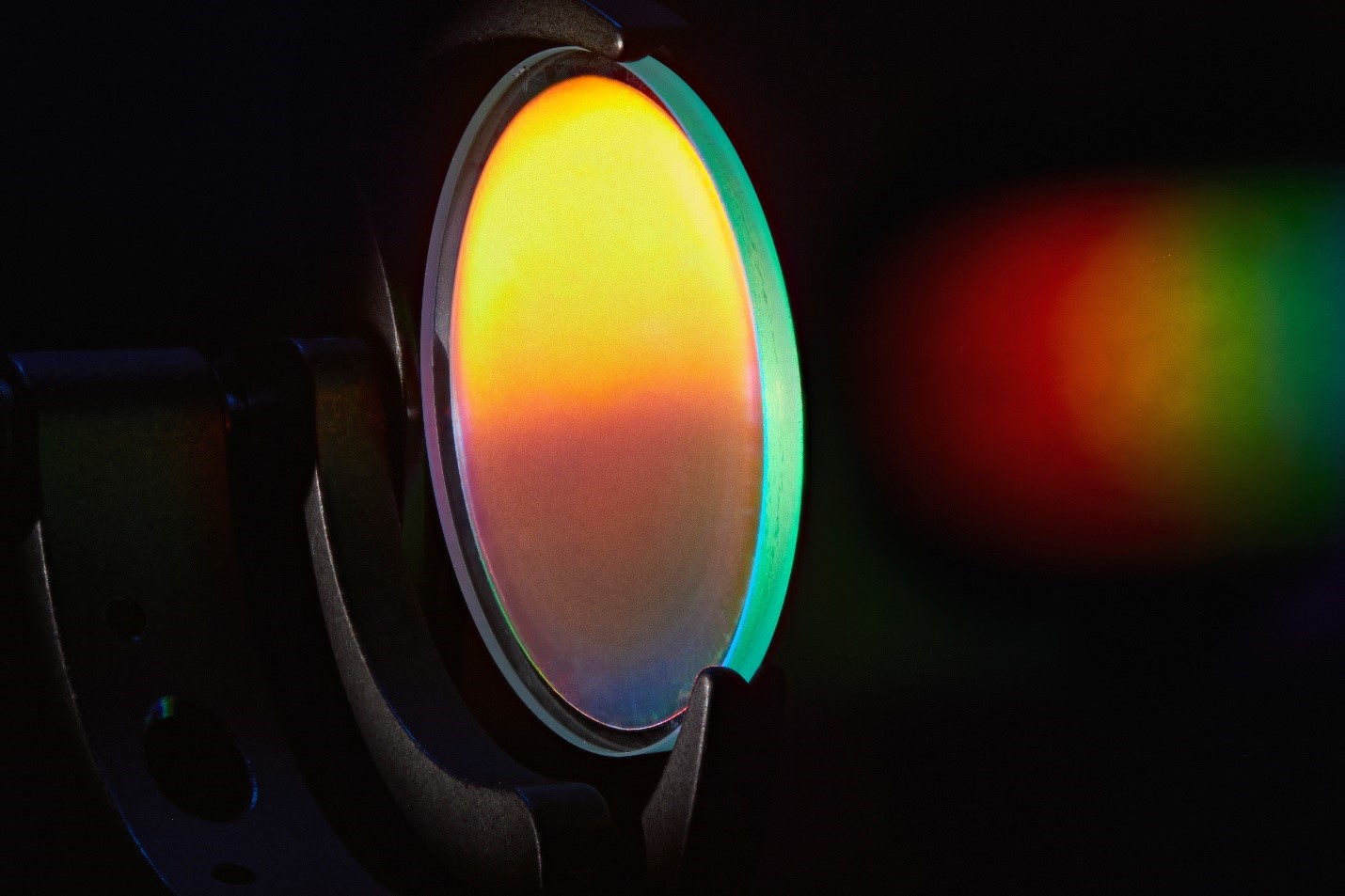
Lab scientists win three R&D 100 awards
Lawrence Livermore National Laboratory scientists and engineers have earned three R&D 100 awards from the trade journal R&D World Magazine. The LLNL awards include a spectral beam combining optic that enables a single, high-power beam with unparalleled compactness and damage resistance; an open-source memory-mapping library with increased power and flexibility; and a user-level file system for high performance computing systems. With this year’s results, the Laboratory has now collected a total of 182 R&D 100 awards since 1978.
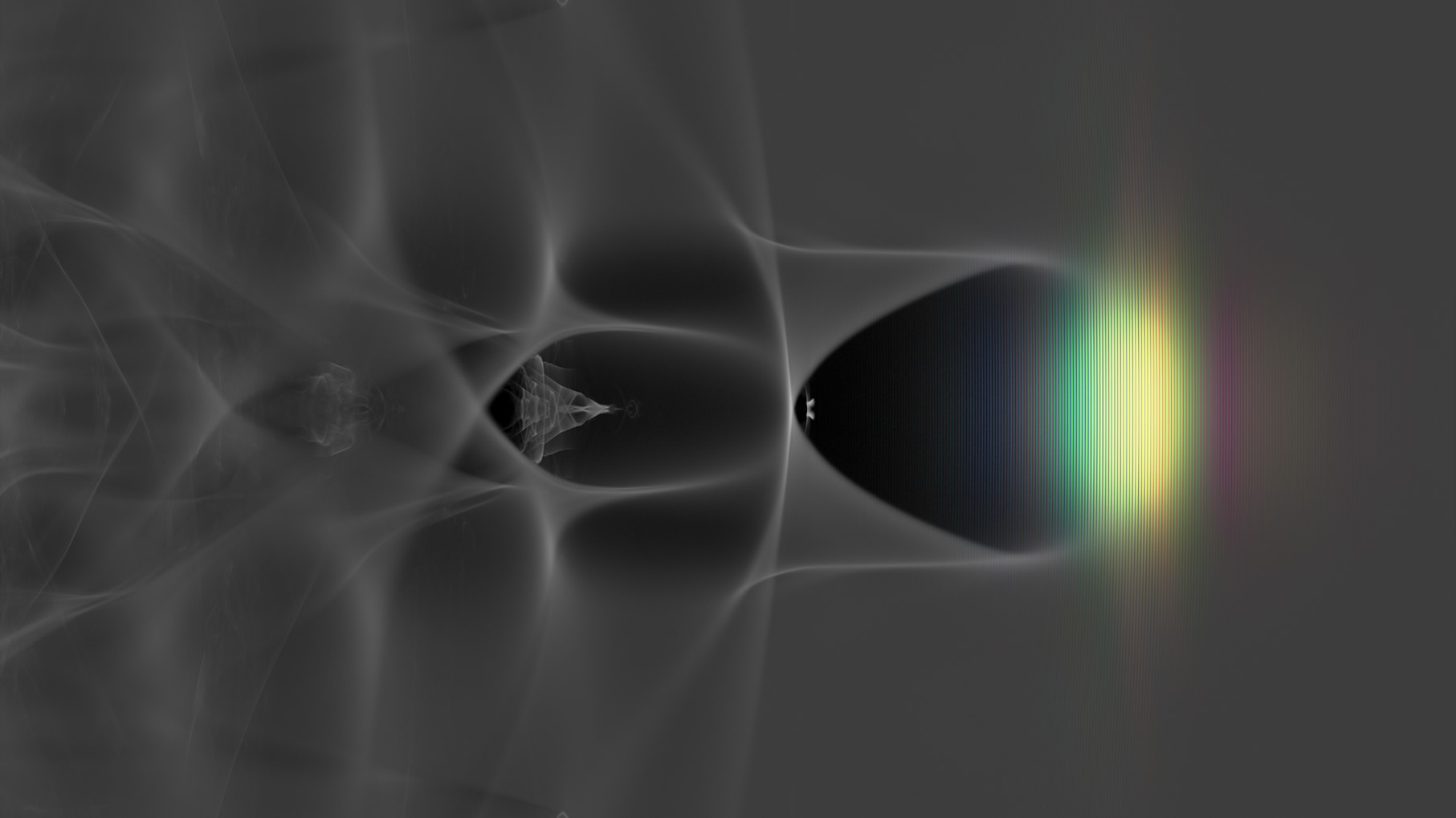
LLNL leads initiative to advance muon-based imaging
Scientists at Lawrence Livermore National Laboratory (LLNL) are working to change the speed of muon-based imaging with a new initiative called Intense and Compact Muon Sources for Science and Security (ICMuS2).
Carolyn Zerkle Named Lawrence Livermore’s Deputy Director
Carolyn Zerkle has been selected as Lawrence Livermore National Laboratory’s deputy director and vice president of Lawrence Livermore National Security, LLC, Lab Director Kim Budil announced today. Her appointment is effective Sept. 12, 2022. As deputy director, Zerkle will participate in the day-to-day management of the Laboratory, including interfacing with the Livermore Field Office (LFO), acting as director in Budil’s absence and serving as a key member of the Laboratory’s senior management staff, providing executive-level guidance and direction.
LLNL and Amazon Web Services to cooperate on standardized software stack for HPC
Lawrence Livermore National Laboratory and Amazon Web Services have signed a memorandum of understanding (MOU) to define the role of leadership-class high performance computing (HPC) in a future where cloud HPC is ubiquitous.
NASA funds LLNL to demonstrate “Replicator” 3D printer to produce cartilage in space
The National Aeronautics and Space Administration (NASA) announced April 15 it has awarded Lawrence Livermore National Laboratory (LLNL) and a private company with funding to develop LLNL’s revolutionary volumetric additive manufacturing (VAM) 3D printing technology to produce artificial cartilage tissue in space.
U.S. Department of Energy to Showcase National Lab Expertise at SC21
The scientific computing and networking leadership of the U.S. Department of Energy’s (DOE’s) national laboratories will be on display at SC21, the International Conference for High-Performance Computing, Networking, Storage and Analysis. The conference takes place Nov. 14-19 in St. Louis via a combination of on-site and online resources.
LLNL-led team uses machine learning to derive black hole motion from gravitational wave data
A team including a Lawrence Livermore National Laboratory (LLNL) mathematician and collaborators at the University of Massachusetts, Dartmouth and the University of Mississippi, has developed a machine learning-based technique capable of automatically deriving the motion of binary black holes from raw gravitational wave data.
LLNL joins Human Vaccines Project to accelerate vaccine development and understanding of immune response
Lawrence Livermore National Laboratory has joined the international Human Vaccines Project, bringing Lab expertise and computing resources to the consortium to aid development of a universal coronavirus vaccine and improve understanding of immune response.
LLNL explores laser beam shaping to improve metal 3D printing
Researchers at Lawrence Livermore National Laboratory are addressing the issue of porosity and other phenomenon that causes defects in metal 3D printing by exploring alternative shapes to the Gaussian beams commonly employed in high-power laser printing processes such as laser powder bed fusion (LBPF).
George Miller selected for John S. Foster Medal for contributions to national security
Lawrence Livermore National Laboratory (LLNL) Director Emeritus George Miller has been named the 2021 recipient of the John S. Foster Medal for his contributions to U.S. national security.
Bradley Wallin selected to lead Weapons and Complex Integration
Bradley Wallin has been named Lawrence Livermore National Laboratory’s (LLNL’s) principal associate director (PAD) for Weapons and Complex Integration (WCI), Lab Director Kimberly Budil announced today. In this role, Wallin will lead the Laboratory’s nuclear weapons program in its responsibilities to support U.S. strategic deterrence by assuring the safety, security and effectiveness of the nation’s nuclear weapons stockpile and by providing the science, technology and engineering capabilities and experts required to enable and advance this essential responsibility.
Taking cues from nature, breakthrough ‘cellular fluidics’ technology could have sweeping impacts
Inspired by the way plants absorb and distribute water and nutrients, Lawrence Livermore National Laboratory researchers have developed a groundbreaking method for transporting liquids and gases using 3D-printed lattice design and capillary action phenomena.
Sofia Quaglioni: Then and Now / 2011 Early Career Award Winner
As the Deputy Group Leader of the Nuclear Data and Theory Group at Lawrence Livermore National Laboratory, Sofia Quaglioni is contributing to a unified understanding of the structure and lower-energy reactions of light nuclei.
LLNL-developed thin-film electrodes reveal key insight into human brain activity
Thin-film electrodes developed at Lawrence Livermore National Laboratory have been used in human patients at the University of California, San Francisco, generating never-before-seen recordings of brain activity in the hippocampus, a region responsible for memory and other cognitive functions.
3D-printed microbes open door to enhanced performance of biomaterials
Lawrence Livermore National Laboratory scientists have developed a new method for 3D printing living microbes in controlled patterns, expanding the potential for using engineered bacteria to recover rare-earth metals, clean wastewater, detect uranium and more.
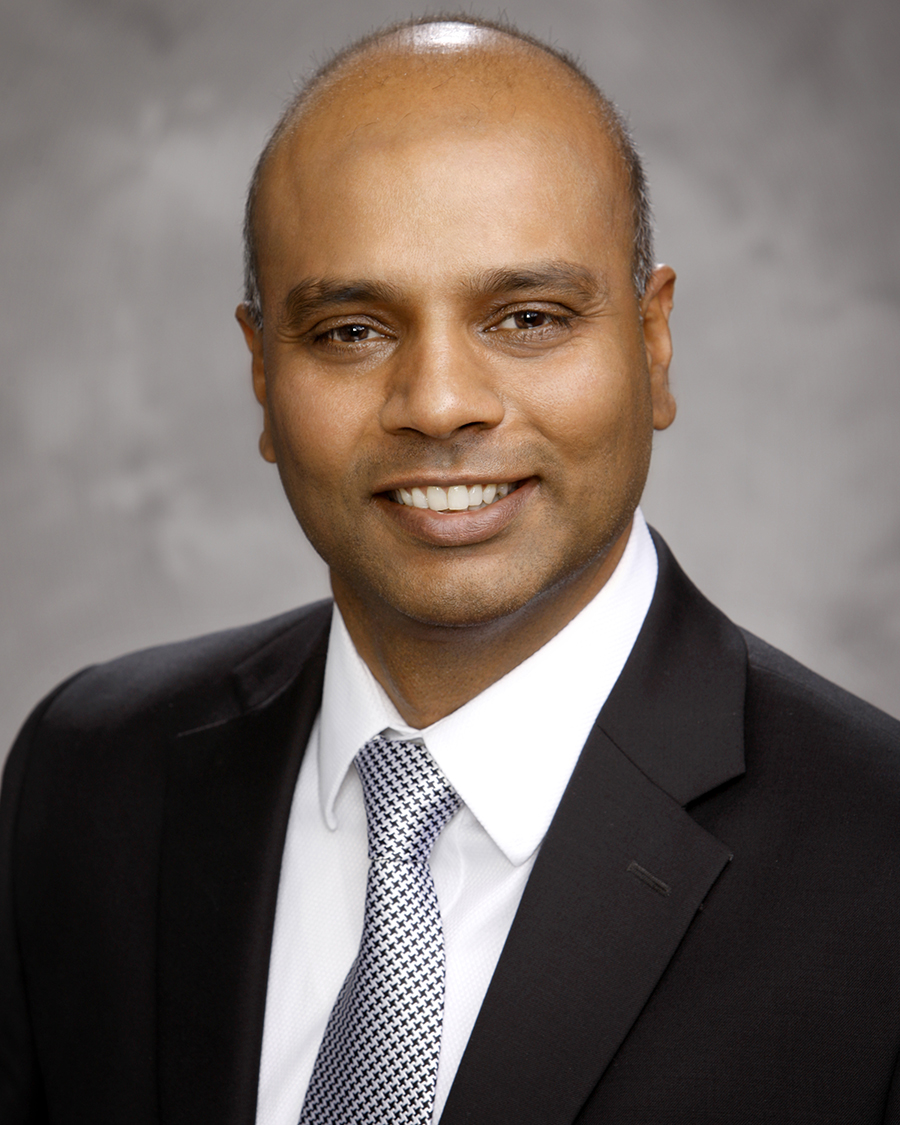
Anup Singh Selected as Engineering Associate Director at Lawrence Livermore National Laboratory
Anup Singh has been selected as associate director for Engineering at Lawrence Livermore National Laboratory. Director Bill Goldstein announced the selection Feb. 1.
Lawrence Livermore’s Popular Lecture Series Goes Virtual To Cover COVID-19
Lawrence Livermore National Laboratory’s popular lecture series, “Science on Saturday,” is going virtual in 2021 with the theme “Combating COVID-19.”

Kim Budil Selected as Director of Lawrence Livermore National Laboratory
Kim Budil has been named director of Lawrence Livermore National Laboratory (LLNL). Charlene Zettel, chair of Lawrence Livermore National Security, LLC (LLNS), which manages the Laboratory for the Department of Energy’s (DOE) National Nuclear Security Administration (NNSA), made the announcement to Laboratory employees Jan. 28.
Media Advisory: LLNS Board Chair, UC Regent Charlene Zettel to Introduce New Lab Director
Charlene Zettel, chair of Lawrence Livermore National Security, LLC (LLNS), and a University of California regent, will introduce the 13th director of Lawrence Livermore National Laboratory. LLNS manages the Laboratory for the U.S. Department of Energy/National Nuclear Security Administration.
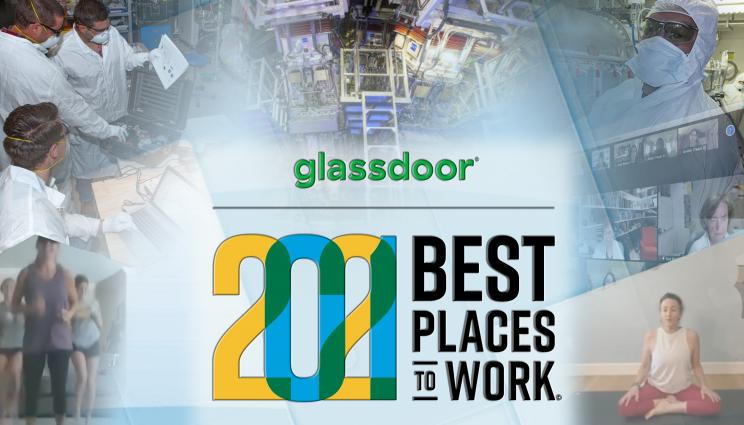
Lawrence Livermore makes Glassdoor’s ‘best places to work’ in 2021 list, ranked top lab and government employer
For the third consecutive year, Lawrence Livermore National Laboratory (LLNL) has been honored with a Glassdoor Employees’ Choice Award, recognizing the Best Places to Work in 2021. Other accolades include LLNL being the No. 1 government/government contractor employer and the No. 1 laboratory employer. LLNL also is No. 2 on the list of large employers in the Bay Area.

Cynthia Rivera selected principal associate director for Operations & Business
Cynthia Rivera has been named Lawrence Livermore National Laboratory’s principal associate director for Operations & Business (PAD/O&B), Lab Director Bill Goldstein announced today.
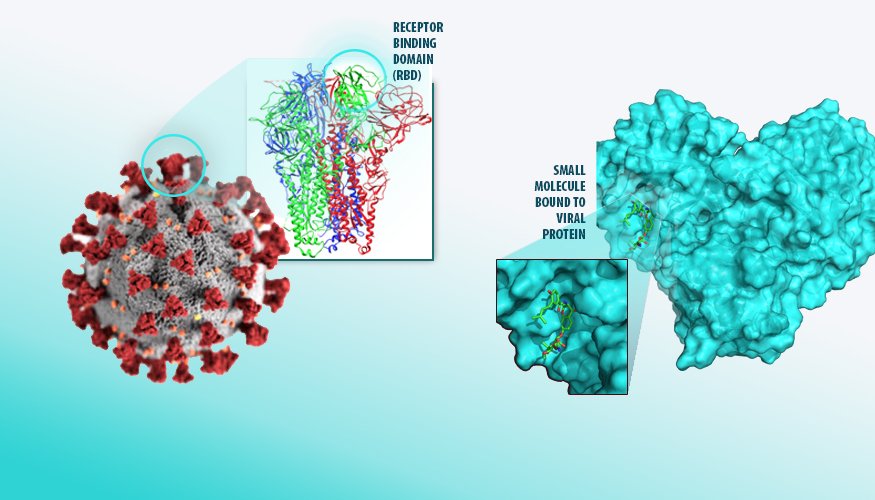
Machine learning model for COVID-19 drug discovery is a Gordon Bell finalist
A machine learning model developed by a team of Lawrence Livermore National Laboratory (LLNL) scientists to aid in COVID-19 drug discovery efforts is a finalist for the Gordon Bell Special Prize for High Performance Computing-Based COVID-19 Research.
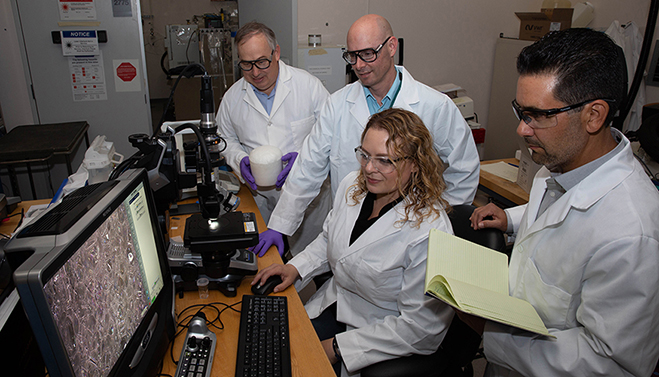
Lawrence Livermore, Texas A&M University and company share Federal Laboratory Consortium national tech transfer award
A shape memory foam material developed by Lawrence Livermore National Laboratory (LLNL) researchers is the foundation of a lifesaving medical device that has won a national technology transfer award.
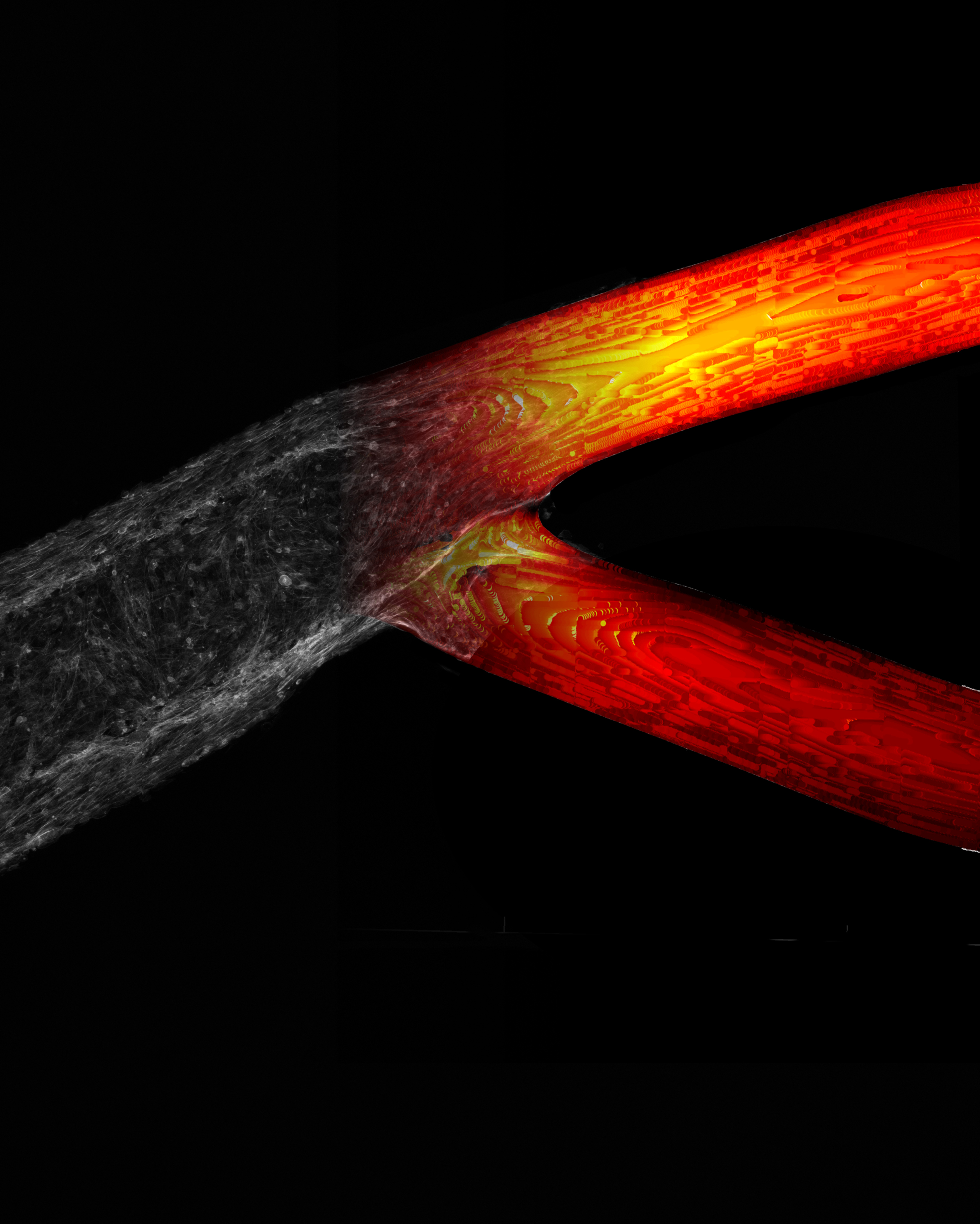
LLNL scientists pair 3D bioprinting and computer modeling to examine cancer spread in blood vessels
Lawrence Livermore National Laboratory scientists have paired 3D-printed, living human brain vasculature with advanced computational flow simulations to better understand tumor cell attachment to blood vessels, the first step in secondary tumor formation during cancer metastasis.
Search Begins for Next Lab Director
The search for the next director of Lawrence Livermore National Laboratory is underway, Charlene Zettel, University of California (UC) regent and chair of Lawrence Livermore National Security, LLC (LLNS) announced today.

LLNL DIRECTOR BILL GOLDSTEIN ANNOUNCES RETIREMENT PENDING SEARCH FOR SUCCESSOR
William H. Goldstein today announced he will retire as director of Lawrence Livermore National Laboratory (LLNL) and president of Lawrence Livermore National Security, LLC, (LLNS) following the selection of his successor.

Preparing for exascale: LLNL breaks ground on computing facility upgrades
To meet the needs of tomorrow’s supercomputers, the National Nuclear Security Administration’s (NNSA’s) Lawrence Livermore National Laboratory (LLNL) has broken ground on its Exascale Computing Facility Modernization (ECFM) project, which will substantially upgrade the mechanical and electrical capabilities of the Livermore Computing Center.
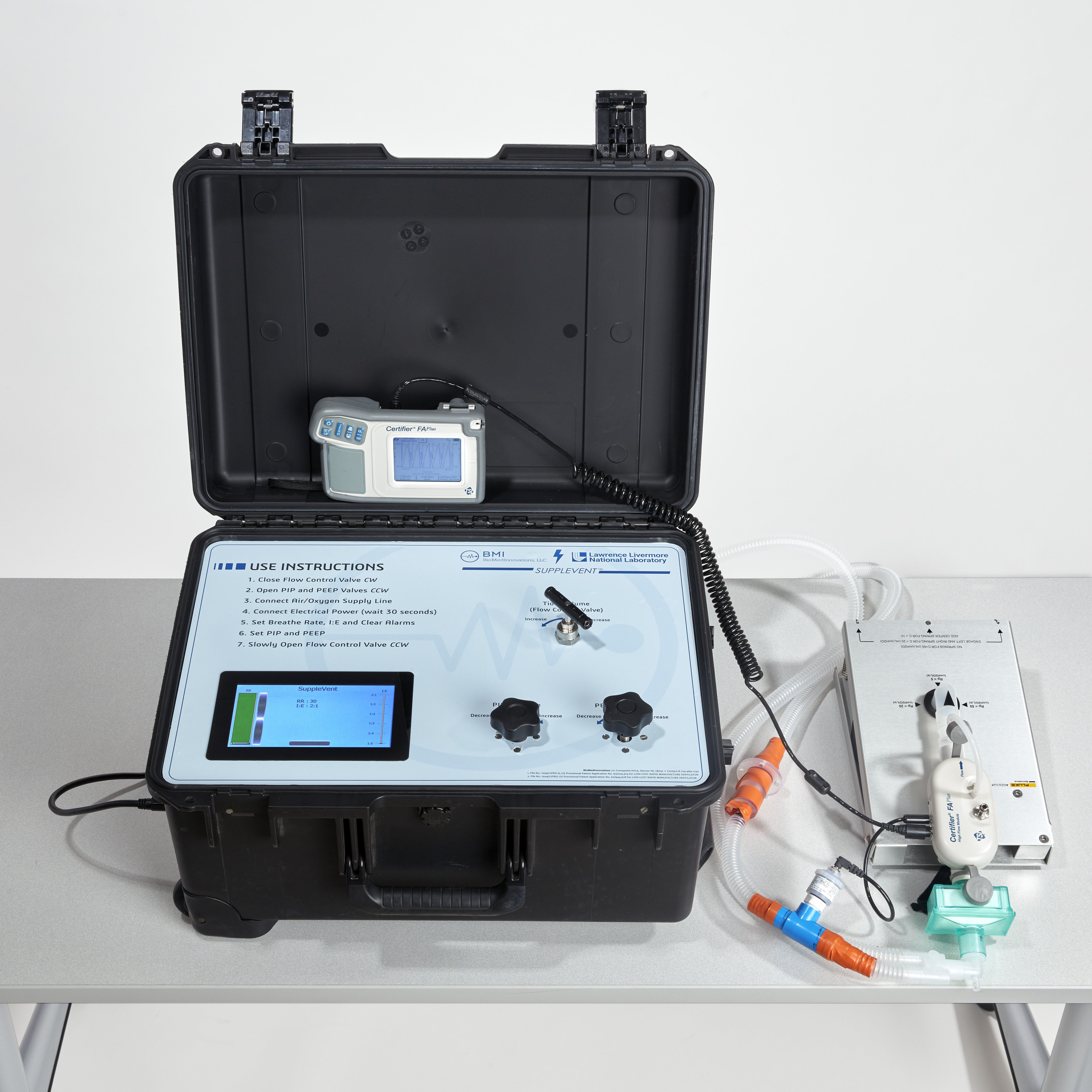
LLNL links up with industry to produce FDA-approved emergency ventilator
Following weeks of prototyping, Lawrence Livermore National Laboratory (LLNL) is partnering with private industry to mass-produce a simple mechanical ventilator developed for COVID-19 patients that has been authorized for emergency use by the U.S. Food and Drug Administration.

LLNL providing critical assistance in addressing national swab shortage for COVID-19 testing
To address the nationwide shortage of specialized nasal swabs used for COVID-19 diagnoses, Lawrence Livermore National Laboratory engineers formed an ad hoc, rapid response team that tested more than a dozen novel, 3D-printed swab designs from a grassroots coalition of commercial and academic partners. The mechanical tests performed at the Lab provided valuable feedback that improved the designs, enabling them to meet requirements for COVID-19 testing. The Lab’s work on swabs is continuing with funding from the U.S. Department of Energy (DOE) and expanding into other 3D-printed components for COVID-19 test kits.
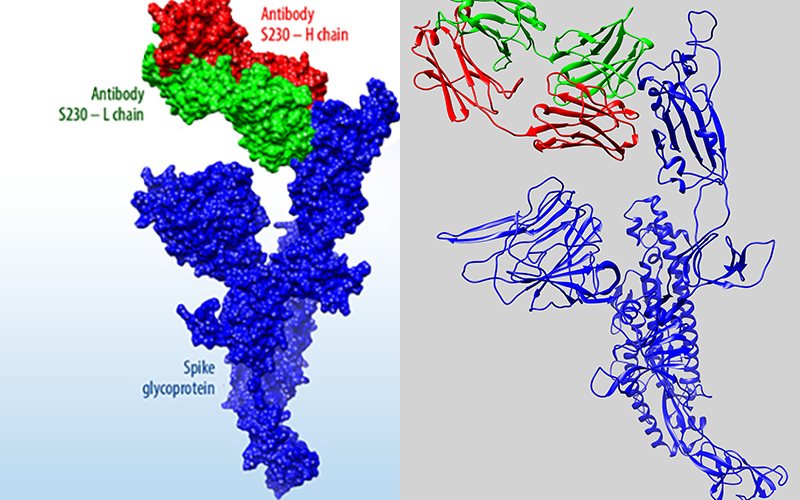
LLNL makes COVID-19 research public through new searchable data portal
To help accelerate discovery of therapeutic antibodies or antiviral drugs for SARS-CoV-2, the virus that causes COVID-19, Lawrence Livermore National Laboratory has launched a searchable data portal to share its COVID-19 research with scientists worldwide and the general public.

LLNL researchers devise strategy for reducing defects in popular metal 3D printing method
Combining high-fidelity computer simulations with ultra-high-speed X-ray imaging, researchers at Lawrence Livermore National Laboratory have discovered a strategy for reducing or even eliminating defects in parts built through a common, laser-based metal 3D-printing process.
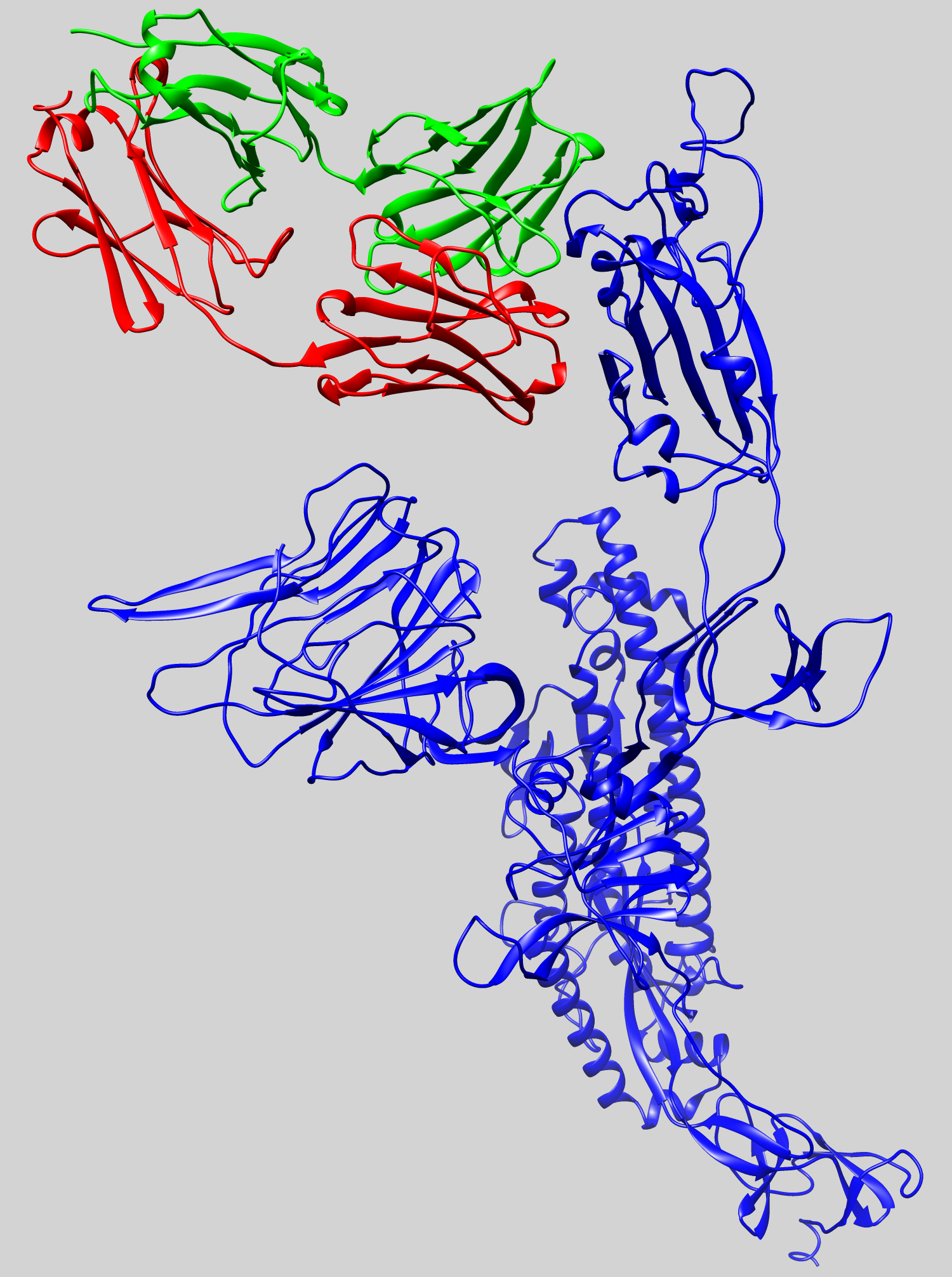
LLNL’s new machine learning platform generates novel COVID-19 antibody sequences for experimental testing
Lawrence Livermore National Laboratory researchers have identified an initial set of therapeutic antibody sequences, designed in a few weeks using machine learning and supercomputing, aimed at binding and neutralizing SARS-CoV-2, the virus that causes COVID-19. The research team is performing experimental testing on the chosen antibody designs.
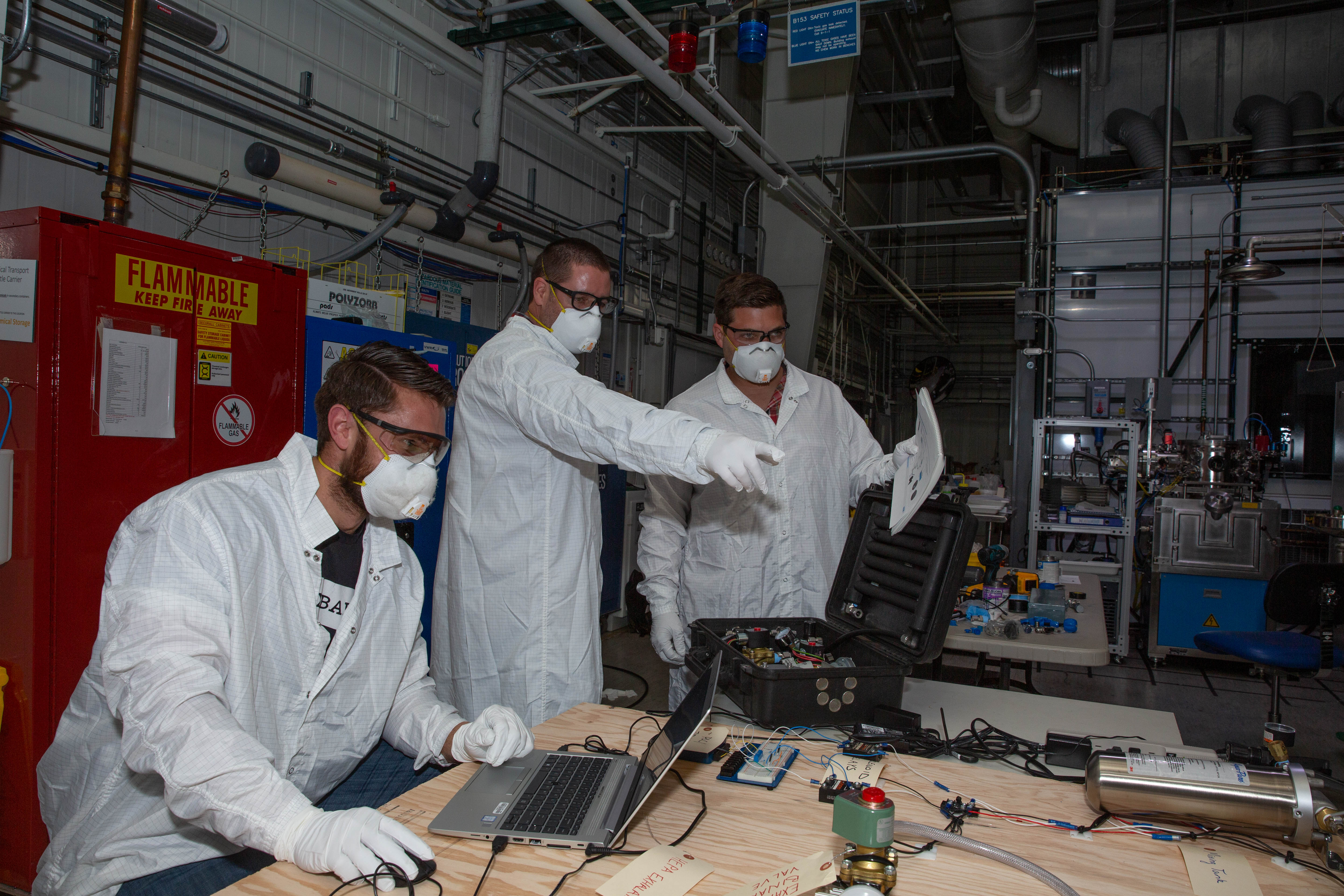
LLNL team develops “stopgap” ventilator prototype, eyes use by COVID-19 patient
While hospitals across the U.S. faced a possible shortage of mechanical ventilators due to COVID-19, a self-assembled “skunk works” team at Lawrence Livermore National Laboratory (LLNL) worked tirelessly to prototype a simple ventilator design for quick and easy assembly from available parts.
LLNL and HPE to partner with AMD on El Capitan, projected as world’s fastest supercomputer
Lawrence Livermore National Laboratory (LLNL), Hewlett Packard Enterprise (HPE) and Advanced Micro Devices, Inc. (AMD) today announced the selection of AMD as the node supplier for El Capitan, projected to be the world’s most powerful supercomputer when it is fully deployed in 2023.

LLNL researchers mimic blood-brain barrier on chip-based device
With a recent publication in the journal Annals of Biomedical Engineering (ABME), a team of LLNL researchers are one step closer to recapitulating the brain’s response to both biochemical and mechanical cues in a chip-based platform.
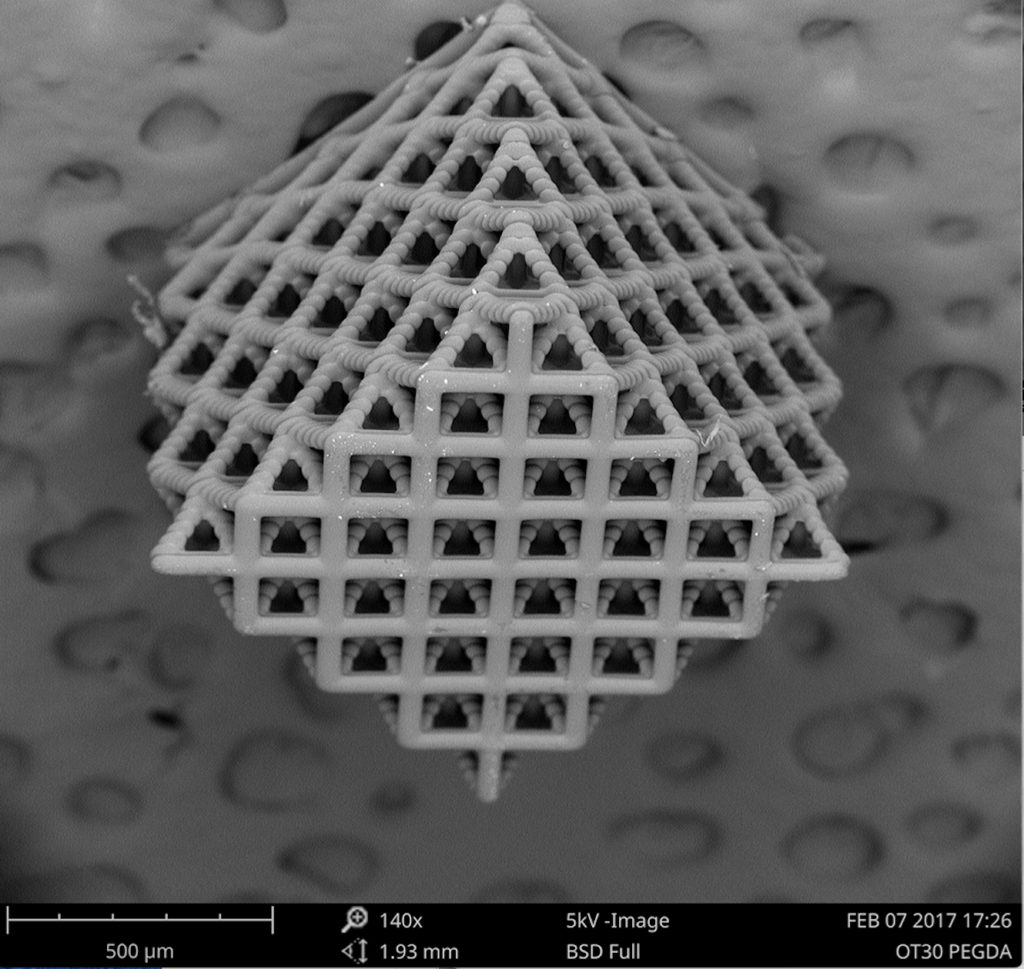
New lattice designs defy conventional wisdom on metamaterials
Lawrence Livermore National Laboratory researchers have designed a new class of 3D-printed lattice structures that combine light weight and high stiffness, despite breaking a rule previously thought to be required to exhibit such properties. One of the new structures additionally displays perfectly uniform response to forces in all directions.